Managing the rise of general artificial intelligence. Achieving true decarbonization in time to prevent the worst effects of climate change. Keeping critical computing systems — and by extension, the infrastructure that keeps society humming — safe from next-generation cybersecurity threats.
These are just three of the massive challenges facing humanity. They’re also massive business opportunities for entrepreneurs with the vision and technical know-how to develop solutions at scale.
The work those entrepreneurs do wouldn’t be possible without support from legions of investors who share their vision and values — and who are willing to put up their own money to bring solutions to life.
Some of these investors are household names, or close to it. You’ve probably heard of Sergey Brin, for sure. But most of them work under the radar, out of view of the general public. Well-known in investor circles though they might be, you wouldn’t look twice if they passed you in the grocery aisle.
Their stories deserve telling all the same. Here’s what five of the most ambitious are working on right now.
1. Sky Dayton
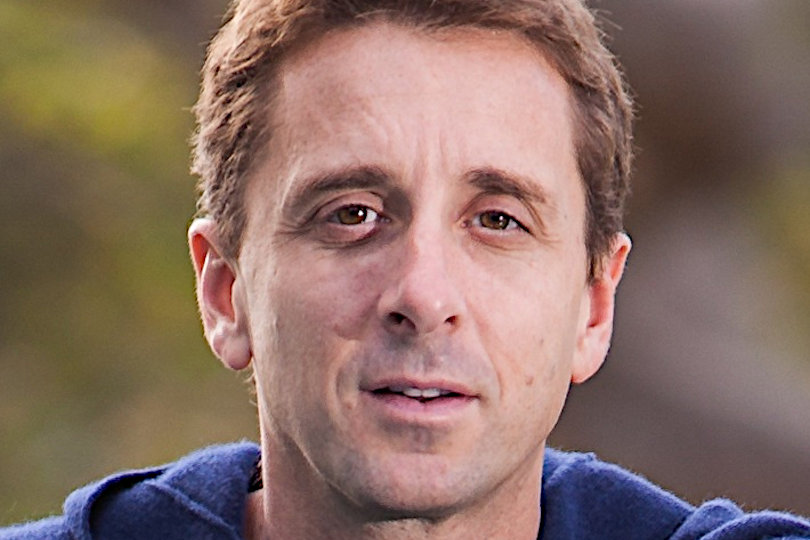
Sky Dayton made his name (and his first fortune) as a dial-up internet pioneer. He founded EarthLink, which internet users of a certain age will no doubt remember, and eventually scaled the company into the United States’ biggest dial-up internet provider.
Dayton later made big bets on the future of WiFi and smartphones, but his days as an in-the-trenches founder appear to be behind him. Now, he’s known in disruptor circles as one of the most innovative, out-of-the-box investors and advisors around. He’s involved with promising startups in personal aviation (yes, air taxis will be a thing sooner or later) and next-generation flight simulation, along with slightly more conventional e-commerce and structured data plays.
2. Craig Venter
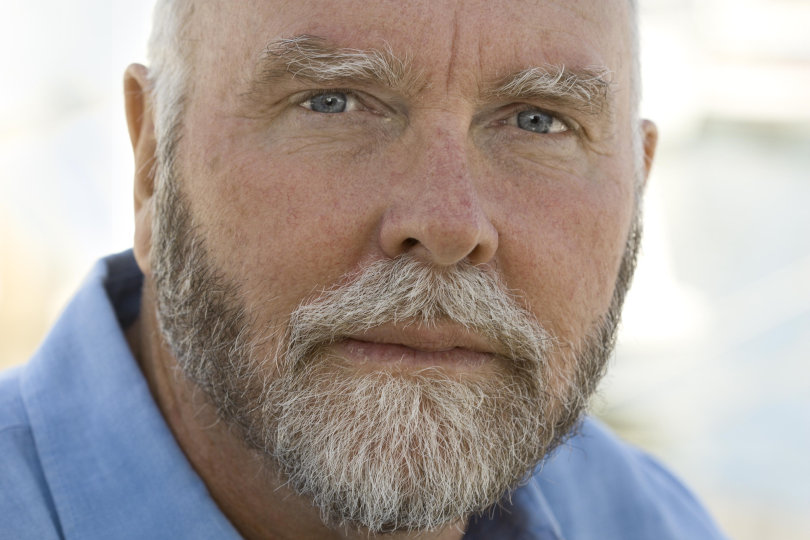
Craig Venter shot to fame as a key member of the team that sequenced the first human genome. With a biotech background and a researcher’s meticulous, low-key demeanor, he’s not the first person you’d imagine as the face of revolutionary medicine. But he leveraged his success in the lab to build support for his Human Longevity startup, which offers personalized health solutions and eventually aims to radically lengthen human lifespans.
3. Sergey Brin
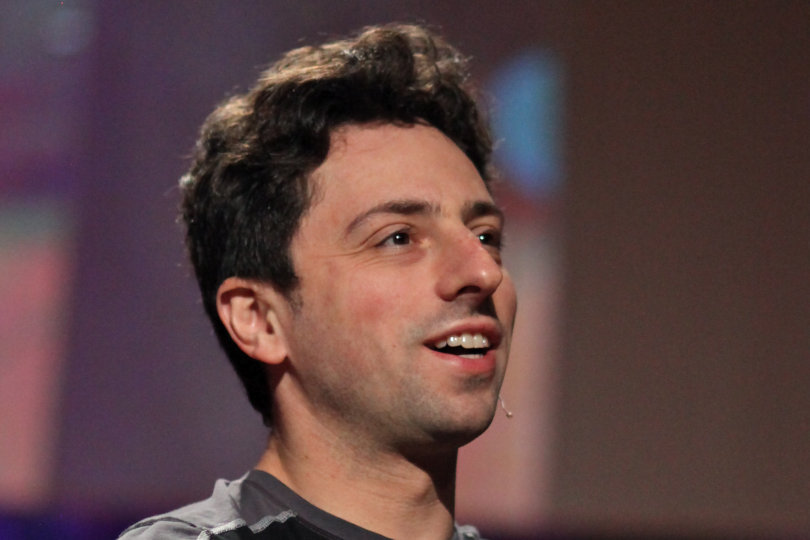
Sergey Brin will always be known as one of Google’s cofounders. He’s still involved with the company, now known as Alphabet, but not in any of its core businesses. Instead, he’s using a portion of Alphabet’s considerable revenue stream — along with plenty of his own money — to fund a grab-bag of speculative “moonshots” that could transform the way we live, work, and recreate.
Not all of these moonshots have been successful. Google’s biotech record is mixed at best, and its exciting Project Loon effort to bring high-speed internet to hard-to-reach locales (including disaster-hit cities and rural areas) was quietly shelved amid technical challenges. But Brin has the drive and resources to achieve real breakthroughs, so stay tuned.
4. Larry Fink
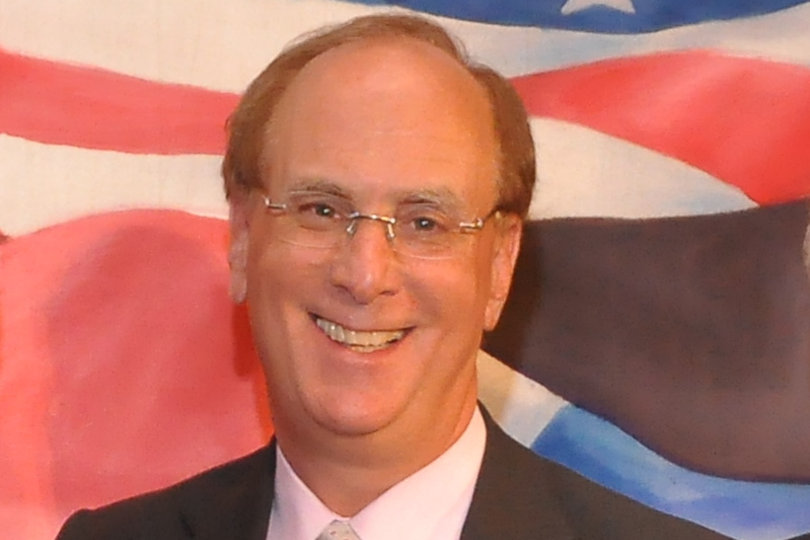
Larry Fink is the chairman and chief executive of Blackrock, the private equity behemoth. He’s a household name in the finance industry.
He’s also the face of ESG (environmental, social, governance) investing, which rewards companies that do right by their workforces, customers, and the planet. ESG has sparked a political backlash in the United States, to the point that Fink has stopped using the term in public, but the cat is out of the bag.
Many competing private equity firms (and independent investors) now incorporate ESG logic into their process. That’s accelerating the transition to more people- and planet-friendly technologies, especially in the sustainability and clean energy spaces.
5. Peter Diamandis
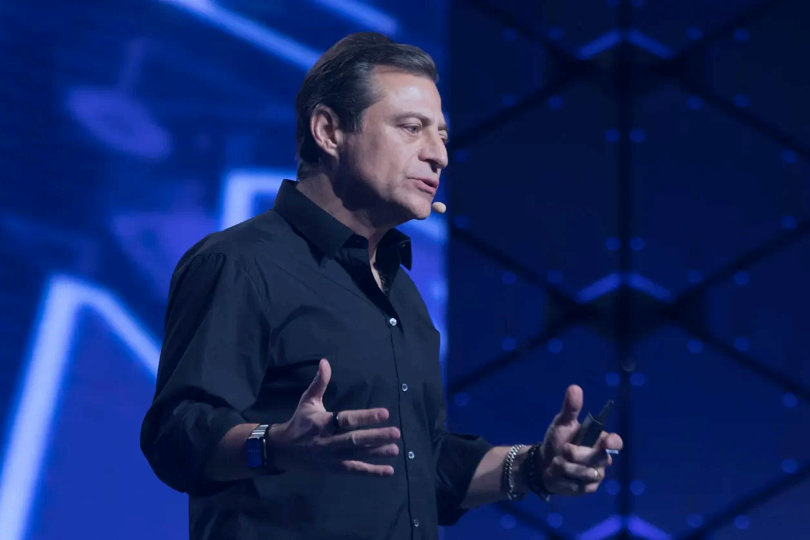
Peter Diamandis is the driving force behind the X Prize, which is widely credited with jumpstarting the commercial spaceflight industry back in the 2000s. That alone qualifies him as a forward thinker.
But Diamandis’ real long-term value add could be his work with Singularity University, where he’s executive chairman. Singularity University is an accelerator hub for disruptive technology, with special focus on what its backers (and a growing number of tech investors) believe is a looming artificial intelligence explosion. Even as for-profit entrants like OpenAI make public breakthroughs, Singularity University stands to play a big role in a world where truly intelligent AI systems are accessible to all.
The Future Is Waiting
These five investors are doing more than most to pull the future forward into the present. They’re working on some of the biggest challenges humanity has ever faced. They believe that we have the power to solve these challenges with real, scalable solutions that employ existing and soon-to-exist technologies.
They have a lot of capital at their disposal. But given the scale at which they’re working, it’s not enough. They need help from like-minded founders, investors, and allies. Because the future can’t will itself into existence — that’s our job.







